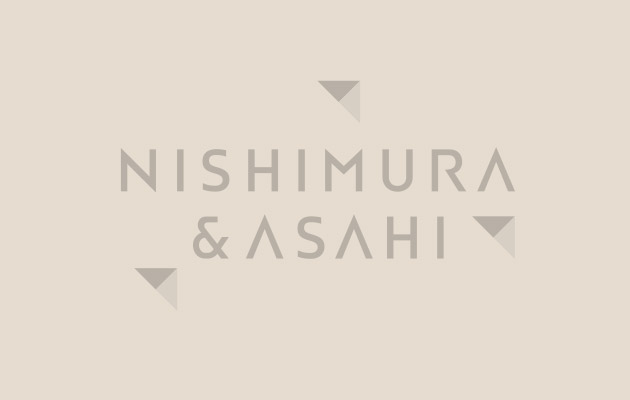-
Articles
DIP officially announces new Trademark Examination Manual 2022
The Department of Intellectual Property of Thailand ("DIP") recently announced a new Trademark Examination Manual, which updates important guidelines on trademark examination that may affect the result of the examination.
The important points of the new Trademark Examination Manual are summarised below.
- An unordered (not arranged in order, e.g. a list of unordered numbers) combination of letters and numbers of three or more characters is currently considered distinctive. This does not include the transliteration of such letter-number combinations because Thai transliteration of said combination of letters and numbers tends to be considered non-distinctive. Please see the following examples provided in the new Trademark Examination Manual:
| Distinctive (unordered) |
Non-distinctive (common order, e.g. ABC and 123) |
|---|---|
|
|
 |
- There are five levels of distinctiveness of the mark, i.e. (1) fanciful mark; (2) arbitrary mark; (3) suggestive mark; (4) descriptive mark; and (5) generic mark, which are sorted from the highest to lowest level. Notably, a suggestive mark is now explicitly stated to be a distinctive mark that should be registrable. For instance, the mark "GREYHOUND" for services such as "bus transportation services" is considered a suggestive mark that can be registered according to the new Trademark Examination Manual.
- The new Trademark Examination Manual states that a prominent element of the mark shall be considered from the overall mark. That is, it expressly states that if any of the elements of the mark is prominent to the extent where it is recognised by the general public or consumers, it is considered a substantive element of the mark. In this regard, the Trademark Registrar (“Registrar”) may request that the applicant disclaims exclusive rights to a non-distinctive element of the mark if it is not the substantive element of the mark. As such, proportion of the distinctive element of the mark compared to the overall scale of the mark must be substantive for the mark to be acceptable for registration. The proportion of distinctiveness of 60% and non-distinctiveness of 40% is no longer recommended in this new guideline.
- The new Trademark Examination Manual states that the "sufficient period" to prove distinctiveness through use of marks in Thailand should be two or more years. For example, if there are numerous advertisements across various types of media, such as online and social media advertising, in Thailand for two or more years, this could demonstrate that the mark has acquired distinctiveness through use. This provides more clarity for applicants who submit evidence of use of their trademarks in support of their application or appeal. However, it is still at the discretion of the Registrar to consider whether the submitted evidence of use of the mark within those two years is sufficient to acquire the secondary meaning through use.
Moreover, when examining priority claims for the mark in Thailand, the new Trademark Examination Manual provides further details on the criteria to be used, as follows:
- The following appearances of the mark shall be significantly taken into account:
- The mark must be exactly the same as in the original foreign application (i.e. same character and font style); otherwise, the priority claim application shall be rejected due to the dissimilarity of the two marks. This strict examination practice has been adopted by certain Trademark Registrar. However, some Trademark Registrar apply less strict practice in examining such type of marks. For example, if the word mark “
 ” is filed in Thailand but the mark under the original foreign application is “
” is filed in Thailand but the mark under the original foreign application is “ ” or “
” or “ ”, such marks will be considered dissimilar, and the priority claim application will be rejected.
”, such marks will be considered dissimilar, and the priority claim application will be rejected.
- Except for a group of colour trademarks, if the colour of the mark filed in Thailand is different from that filed under the original foreign application, the marks shall be deemed the same mark if they have the same appearance.
If the trademark under the original foreign application is a series of marks (series of marks means a number of marks which resemble each other as to their material particulars and differ only as to matters of a non-distinctive character not substantially affecting the identity of the mark), the mark that is filed in Thailand shall be deemed the same mark if it is one of said series of marks.
- The specifications of goods and services under the original foreign application must cover the goods and services filed in Thailand, as follows:
- If the goods or services covered by the original foreign application are in a different class to that of the Thai application, if such goods or services cover the goods or services under the Thai application, it is acceptable.
- If the Trademark Registrars issue a rejection on specifications of goods or services, the examination on priority claim can be suspended.
It might be worth noting here that despite the foregoing, the new Trademark Examination Manual is only a guideline for Trademark Registrars when examining trademark applications; the Trademark Registrars are not bound by this guideline. In such regard, it will be interesting to see whether or not the Trademark Registrars implement such new manual and update the way they examine trademarks in practice.
Should you have any questions or require any further information, please do not hesitate to contact us.






